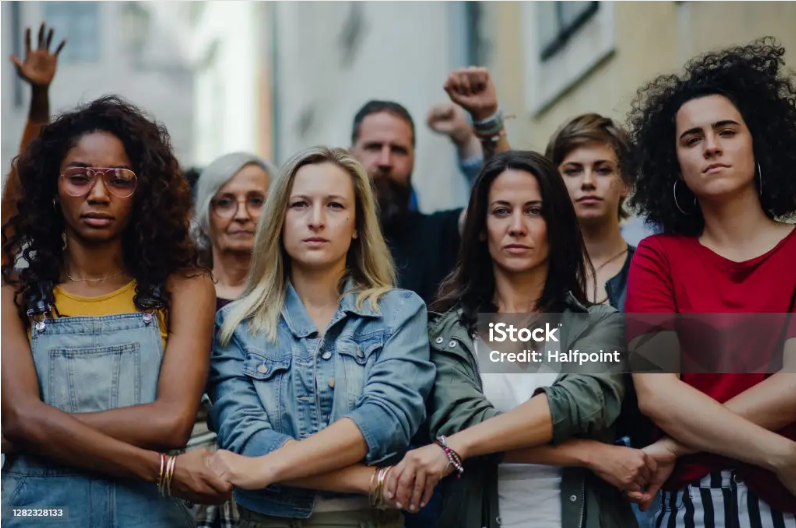« I won’t care about Women’s Day until we get an International men’s day ». This type of reflection is still frequent, especially on social media. Let’s explore the history of the day to understand why Women’s rights day is still relevant in 2025.
The Birth of a Movement
Fighting for women’s rights isn’t new. One of the earliest recorded moments of collective activism dates back to 1848 in Seneca Falls, New York. Two women, outraged after being barred from speaking at an anti-slavery convention, decided to take action. They gathered a few hundred people for the first-ever women’s rights convention, demanding social, political, civil, and religious equality. At the time, the idea of women voting was met with laughter. But a movement was born—the fight for women’s rights had officially begun.
Feminism /ˈfɛmɪnɪz(ə)m/, noun: The advocacy of women’s rights on the basis of the equality of the sexes.
The History of the Day
The first official International Women’s Day took place in 1911, bringing over a million people to the streets across Austria, Denmark, Germany, and Switzerland to demand voting rights and better working conditions. Throughout the 20th century, many countries granted women the right to vote (1920 in the U.S., 1944 in France…), and legal progress was made. However, legal rights haven’t yet erases deep-rooted inequalities.
This is why, more than a century later, March 8th still matters.
Why we still need an International Women’s Day
In countries like Afghanistan, women are still banned from schools, forbidden from driving, and even prevented from showing their faces in public.
But even in so-called “progressive” societies, inequality persists. Take France, for example : despite gender equality being enshrined in the Constitution, women still earn significantly less than men. In 2024, calculations showed that from November 8th onward, French women were essentially working for free compared to men’s salaries. That’s nearly two months of unpaid labor, simply because of gender.
This is shown by three statistics produced by INSEE that help understand the wage inequality in France:
- 3.9% is the wage gap between men and women in full-time equivalent. This methodology makes it possible to account for differences at the European level.
- 4% is the wage gap between men and women for equal work and equal competence.
- 23% is the wage gap between men and women in all working hours. This statistic reflects differences in annual work volume – women are about 3 times more likely to work part-time than men (by choice or not), and less likely to be employed during the year.
Protests all around the world
In Poland, activists set up a center right across from the parliament in Warsaw, giving women a place to access abortion pills—whether alone or with others. They opened it on International Women’s Day, a deliberate challenge to a government that enforces some of the strictest abortion laws in Europe, in a country where Catholic traditions still hold strong.
From Athens to Paris, Munich, Zurich, Belgrade, and beyond, women flooded the streets, demanding an end to their treatment : at home, at work, in politics, in society.
In Madrid, protesters held up hand-drawn portraits of Gisèle Pelicot, the French woman whose ex-husband drugged for years, allowing dozens of men to assault her while she was unconscious. Her story has become a rallying cry for women across the world in the fight against sexual violence.
Meanwhile, in Lagos, Nigeria thousands of women started dancing, singing, and celebrating their womanhood. Dressed in purple, which is the signature color of the women’s liberation movement, they turned the space into a celebration.







